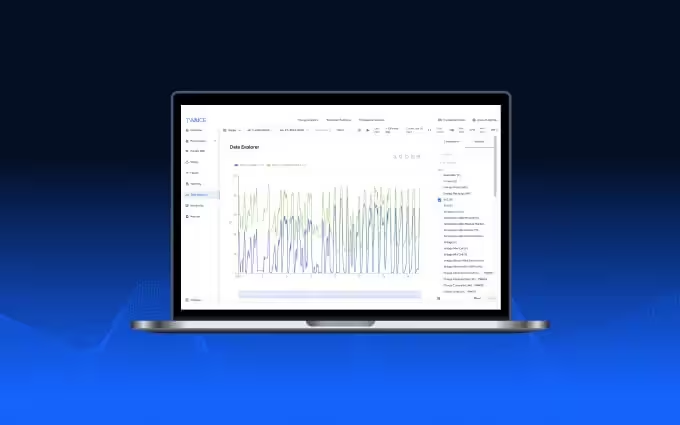Protect Aftersales Profits: Start with Accurate and Reliable Insights Into Battery Health
In this whitepaper, we discuss the core challenges caused by battery aging, how these affect aftersales departments across the industry, and how battery analytics can help OEMs overcome these challenges.

Introduction
Every year, the electric vehicle industry sees increasingly optimistic projections for battery-electric duty vehicles. Sales of zero-emission buses and trucks increased by an average of 72% per year from 2016-2021 (source), with the city bus segment seeing a particularly dramatic surge in demand and deployment of battery-electric buses.
By 2035, the majority of new trucks sold in China, the EU and the US will be electric (source). At the same time, OEMs (original equipment manufacturers) are receiving fewer and fewer orders for diesel buses. Legislation in both the United States and Europe such as the Inflation Reduction Act (US) and Fit for55 (EU) are fueling this trend, as are incumbents and disruptors who are pushing new electric vehicles into the market.
However, scaling a fleet of battery-powered vehicles creates challenges for OEMs, especially in after-sales. A lack of reliable insights into battery aging and health creates complications in, for example, warranty discussions, spare part management, and providing high-quality customer services, all of which have a significant impact on balance sheets for OEMs.
Battery health is relevant for so many different aftersales processes for OEMs, including discussions regarding warranty payouts, providing excellent customer service, swapping batteries on time, and more. Given the high costs of batteries, decision processes regarding warranty discussions, swapping decisions and accrual adjustments involve enormous flows of cash and financial risks. Without access to reliable and precise information on battery health, these vital decisions are made based on guesswork or imprecise battery data.
The whitepaper covers the following topics:
- The incentive: using batteries to their full potential
- The problem: reliably and accurately tracking battery aging
- The solution: reliable, accurate, and continuous battery health information
- Use cases: protecting after-sales profits
- Conclusion
Sign up for the next live group demo and learn how TWAICE can transform your BESS operations. In just 30 minutes, you’ll get a demo of key features and use cases, and engage with our product experts for a live Q&A.





